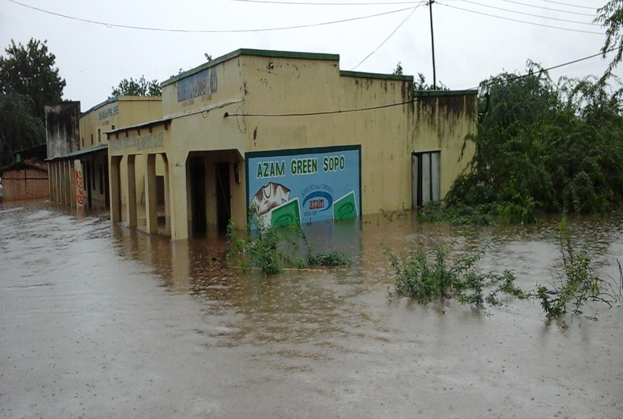Malawi: Flood Needs Assessment

Context and Objectives
In January 2015, a period of intense rainfall was the highest on record for Malawi and constituted a 1 in 500 year event, causing significant flooding - predominantly in the Southern Region, exacerbating an already precarious situation for rural households in this region.
In this context, the ACP-EU NDRR Program funded a Post-Disaster Needs Assessment (PDNA). the PDNA's main objectives were to:
- Estimate the overall impact of the 2015 floods on the socio-economic development of the country and on affected districts and communities;
- Assess the physical and human impacts of the disaster in order to develop a Recovery and Reconstruction Framework presenting the early, medium and long term recovery and reconstruction needs with costs and a timeline in one consolidated report;
- Ensure that strategies for recovery integrate concepts of disaster risk reduction and “build back better” and address gender and environmental concerns;
- Recommend and define a strategy for Disaster Risk Management in the country;
- Recommend institutional mechanisms and policy options to be undertaken in support of the recovery and reconstruction process and that promote long term disaster resilience.
Main Activities and Results
The PDNA assessed the impact of the floods and defined a strategy for recovery, including financial implications, the complete rehabilitation and reconstruction of infrastructure, livelihoods and the economy, while ensuring future flood resilience. Specific results included:
- The January 2015 seasonal rainfall was the highest on record for Malawi, and caused significant flooding primarily in the Southern Region, which affected 1,150,000 people, displaced 336,000 and killed 104. Based on the PDNA financially supported by ACP-EU NDRR program, damage and losses were estimated at US$335 million (equivalent to approximately 5 percent of GDP) and recovery and reconstruction needs at US$495 million.
- Improved risk information through community mapping exercises, including mapping nearly 450 residential areas and collecting more than 15,000 waypoints in Nsanje alone.
- The PDNA has helped to leverage a World Bank funded US$ 80 million Flood Emergency Recovery Project, which addresses both short, medium, and long term interventions.
Partnerships and Coordination
The Government of Malawi with the joint support of the EU, UNDP and the World Bank led the implementation of the PDNA.
The PDNA mission was coordinated by the World Bank country office in Lilongwe, Malawi to ensure that activities were well connected and linked to priorities identified in the Country Partnership Strategy (CPS) and investment operations.
Furthermore, close collaboration with the delegation of the EU in Lilongwe and the UN took place through regular meetings during the scoping mission early February 2015 to capture synergies with existing programs of the EU and UN in Malawi.
Useful Links
The Malawi Post-Disaster Needs Assessment report
Country
Region
- Africa
Priority area
- Risk identification and assessment
Window of Action
- Window 3
Amount approved
- $368,684
Co-financing
- $40,000
Duration
- 02/2015 - 07/2016



